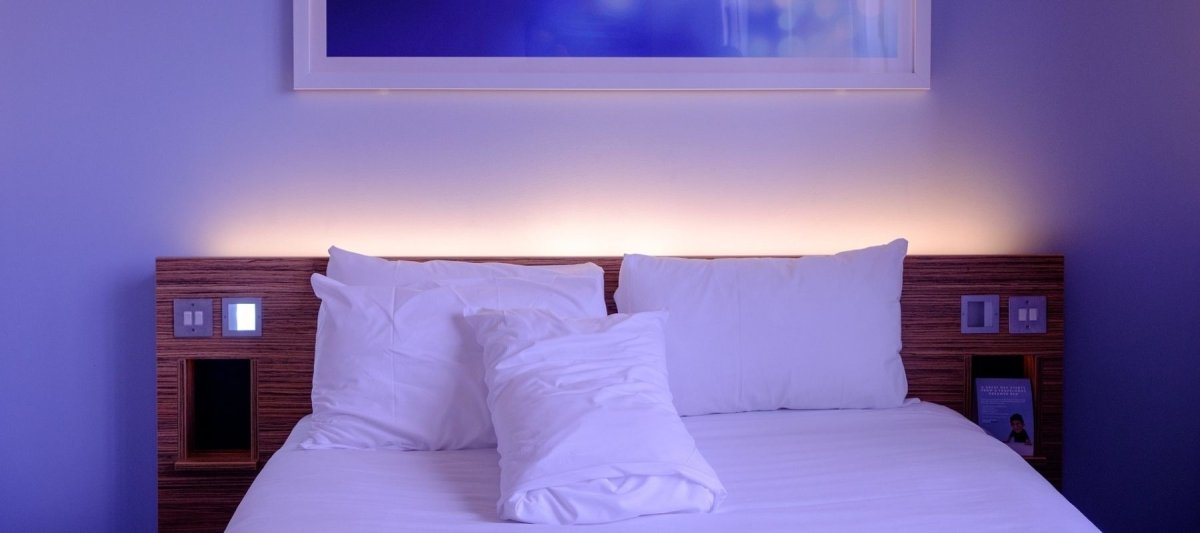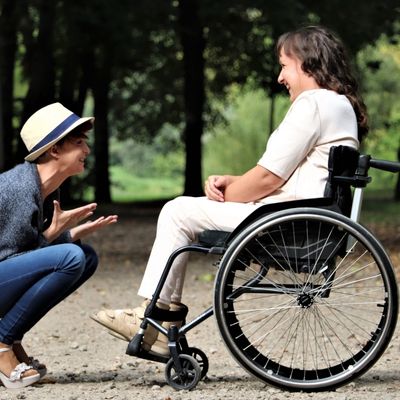When it comes to providing care for our loved ones at home, ensuring their safety is paramount. Hospital beds designed for home use come equipped with various safety features to reduce the risk of falls and injuries. In this article, we'll explore these crucial safety elements, their intended purposes, and the importance of proper use and supervision.
Bed Rails: A Critical Safety Component
Bed rails are one of the most visible safety features on hospital beds. They're designed to help prevent falls and provide support for repositioning in bed.


There are two main types of bed rails:
- Full-length rails: These extend along the entire side of the bed.
- Half-length rails: These cover only a portion of the bed's side, typically near the head.
While bed rails are designed to reduce the risk of falls, it's crucial to understand that they are not a guarantee against all accidents. Proper sizing and use are essential to prevent entrapment risks. It's important to note that bed rails should never be used as restraints.
Height Adjustment: Balancing Accessibility and Safety
The ability to adjust bed height is a key safety feature that serves multiple purposes:
- Low heights (as low as 7 inches from the floor) can help minimize injury risk if a fall occurs.
- Higher positions allow caregivers to work more ergonomically, reducing strain.


Many modern hospital beds offer electric height adjustment, allowing for easy transitions between low and high positions. Some models, like the MedaCure Ultra Low Hospital Bed, can lower to just 7 inches from the floor and raise up to 30 inches, providing a wide range of height options.
Locking Mechanisms: Ensuring Stability
Stable positioning is crucial for preventing unwanted bed movement. Hospital beds typically feature:
- Locking casters or wheels
- Central locking systems in more advanced models
It's essential to engage these locks when the bed is in its final position and to check them regularly to ensure they're functioning correctly.
Advanced Safety Technologies
Modern hospital beds often incorporate advanced safety features:
Prevalence of Advanced Safety Features in Hospital Beds
These technologies are designed to alert caregivers to potential safety issues, but they should not replace attentive care and supervision.
Choosing the Right Bed for Your Loved One
Selecting an appropriate hospital bed involves considering several factors:
- Patient's mobility needs
- Weight capacity (some beds, like the Med-Mizer Comfort Wide EX8000, can support up to 800 lbs)
- Room layout and caregiver access
- Mattress compatibility with the bed frame

Consider beds with additional safety features like the Med-Mizer ActiveCare™ Rotating Pivot Hospital Bed, which offers a one-button SafeTurn Exit feature designed to improve mobility and safety.
Creating a Safe Environment Beyond the Bed
While the bed itself is crucial, creating a safe surrounding environment is equally important:
- Use fall mats beside the bed
- Ensure proper lighting, including night lights
- Install grab bars and transfer aids
- Keep the area around the bed clutter-free

The Importance of Proper Use and Supervision
It's crucial to remember that while these safety features are designed to reduce risks, they are not foolproof. Proper use and consistent supervision are essential for ensuring the safety of your loved one.
Check Bed Mechanisms
1 in 5 hospital beds have defects that can cause patient harm
Train Caregivers
75% of patient falls are caused by inadequate caregiver training
Maintain Supervision
1 in 3 patients experience a fall while being cared for at home
Follow Instructions
80% of hospital bed-related injuries occur due to misuse or improper use
Staying Informed and Up-to-Date
Hospital bed safety is an evolving field. Stay informed about the latest guidelines and innovations:
- Follow FDA guidelines on hospital bed safety
- Be aware of OSHA standards for safe patient handling
- Check for any state-specific regulations for home medical equipment
For more information on creating a safe home care environment, visit our Homecare Hero Blog.
Conclusion: Balancing Safety and Comfort
Hospital bed safety features are designed to reduce the risk of accidents and injuries, but they require proper use and constant vigilance. By understanding these features, choosing the right bed, and creating a safe environment, you can help protect your loved one while ensuring their comfort. Remember, no safety feature can replace attentive care and supervision. Always consult with healthcare professionals for personalized advice on home care safety.
For more guidance on selecting the right hospital bed and accessories for your loved one's needs, explore our Hospital Beds collection or contact our Customer Support team for personalized assistance.









